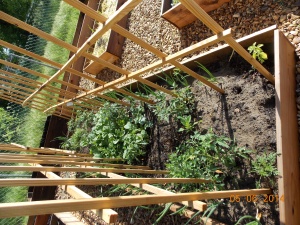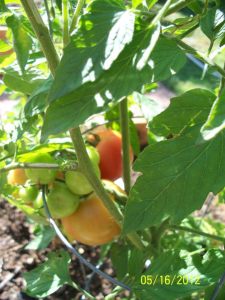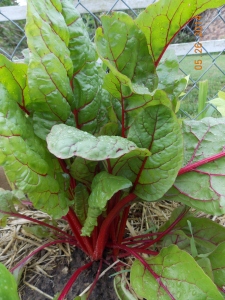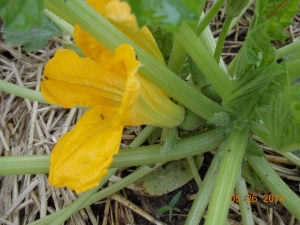If you are thinking about planting a garden and you haven’t tried it before, there are a few tips that could help your garden be more successful. This is just the basics for gardening. There are many ways of gardening that are right. I will have much more specific information in future posts, but here is a place to start.
1. Soil-This is the most important part of gardening. Your soil needs to hold moisture and also drain well. Dig up a shovel full of dirt and hold a little in your hand and smash it. If it molds like clay and won’t break apart, you have too much clay and it’s not going to drain well enough. If it won’t hold together at all, it’s not going to retain enough moisture. Good soil will hold together in the shape of your hand but you will be able to crumble the shape apart. If you have a result other than that, consider container gardening or raised beds. If you want to use your existing soil, that’s fine, but you’re going to have to amend it.
2. Sun-This is the second most important requirement. The spot that you choose should have 6-8 hours of sunlight a day. Check your spot throughout the year because the sun changes positions over time. Just because it’s sunny there in the winter, doesn’t mean it will be in the summer when you are growing food.
3. Water-Make sure your garden spot has access to water. If it’s difficult to water it, you’re less likely to keep up with it in the heat of summer. I live in Eastern Oklahoma and many days of the summer it’s very hot. You need to have your water system in place before you start. I water before 10 am to keep down evaporation from the heat of the day.
Mulching will help your soil retain water and keep weeds down, so be prepared with shredded leaves, straw, or some other type of mulch to make your gardening easier.
Each plant has needs for root space, so read those tags or seed packets and draw out a chart of what you’re growing before you start planting to make sure you have room for what you want to plant. Decide whether you want to plant long straight rows of plants or mix your plants together before you make your chart. I love the look of several kinds of plants integrated together. Some plants thrive together and improve each other and others don’t like each other, so do a bit of research on that as well. I have a tendency to try to poke too many things into the beds and it is not as successful as it would be if my plants had plenty of room. I’m finally learning to let each plant have it’s space.
Remember to start small and grow what you love! Get ready for the most amazing experience of your life! You will be AMAZED at how much you love it! Happy Gardening!



